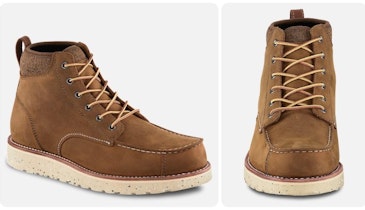Setting Up an E-Caller
The basics of any calling stand still apply when using an electronic caller. Wear full camouflage including a face mask and gloves. Hide your vehicle, go in quietly, and don't silhouette yourself going over a hilltop to set out your caller. Set-up so you are either calling into the wind or cross-wind.
The main advantage of a remote controlled electronic caller is that it gets the sound away from you. Critters focus on where the sound is coming from, not where we are sitting. Unfortunately, this is also the main disadvantage of a remote caller. It gives us one more chance to get "busted" while setting up because we have to walk out and set the caller down. Be careful setting out the caller. Stay low, use cover, and get it done fast, then move back to cover. Be patient and do it right. Be aware of your scent trail into your stand.
Using Decoys with E-Callers
A decoy next to the caller focuses two of their senses, hearing and sight, on the caller and away from you. There are many good electronic decoys on the market, but I am "old school" and use a turkey feather on a stick. They are lightweight, easy to carry and set up, and indicate wind direction. You can make one yourself or purchase one. There are two I use — Burnham Brothers Stick Tease Decoy and Predator Sniper Styx' Feather Dancer. The decoys have significantly increased the number of predators I have killed. It gives you that extra few seconds you might need to get a shot.
Volume
Many, if not most new callers, as well as many "seasoned" callers, tend to use too much volume with electronic calls. This can "blow out" animals that are close, and make critters coming in more cautious. I rarely turn up any e-caller past half volume. I do a lot of calling in west Texas where we have strong winds, but a coyote can hear a mouse moving under snow at 100 yards.
Start out at quarter volume or less. This will call in the close ones. You would be surprised how close a coyote, fox, or bobcat might be when you set up. After a few minutes, turn it up half way for 30 to 60 seconds and then back down to one-quarter to one-third volume. This will get the long distance runners moving. When you spot one heading in, turn the volume way down, or off and lip squeak them the last 100 yards.
Related article: Coyote Hunting Tips






